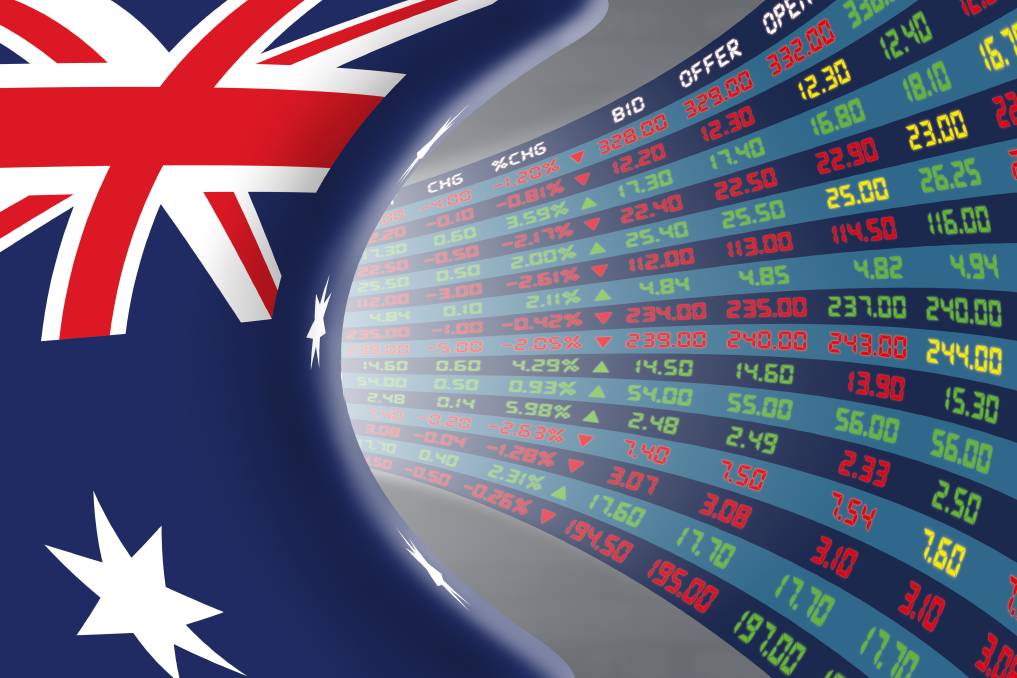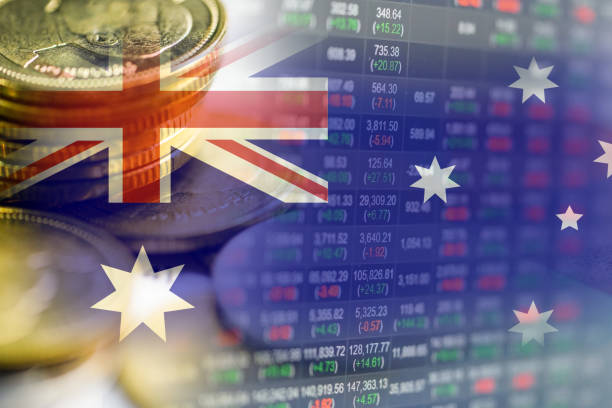The June quarter saw a surge in energy exports and consumer spending in Australia, giving rise to optimism that the country’s economy can withstand challenges from rising interest rates and the cost of living.
According to data released by the Australian Bureau of Statistics on Wednesday, the second quarter’s gross domestic product (GDP) increased by 0.9 percent, above the first quarter’s 0.7 percent increase and matching projections.The lowest unemployment rate in nearly five decades supported household earnings and consumption, accelerating annual growth to 3.6 percent.

In fact, the economy proved to be so resilient that the Reserve Bank of Australia (RBA) was forced to launch an extremely aggressive tightening campaign in an effort to slow down activity and contain rogue inflation. The central bank increased the cash rate by 50 basis points on Tuesday, to a seven-year high of 2.35 percent, totaling a staggering 225 basis points since May.
As the price of coal and gas increased due to a global rush for energy, Australia’s miners were also flush with cash. In the year ending in June, coal alone generated more than 100 billion Australian dollars ($67 billion), allowing exports to add 1.1 percentage points to Q2 GDP.
All of these funds were reflected in the nominal GDP, which grew by a record-breaking 12.1 percent for the year and 4.3 percent in the quarter, bringing total output to 2.3 trillion Australian dollars ($1.54 trillion).










